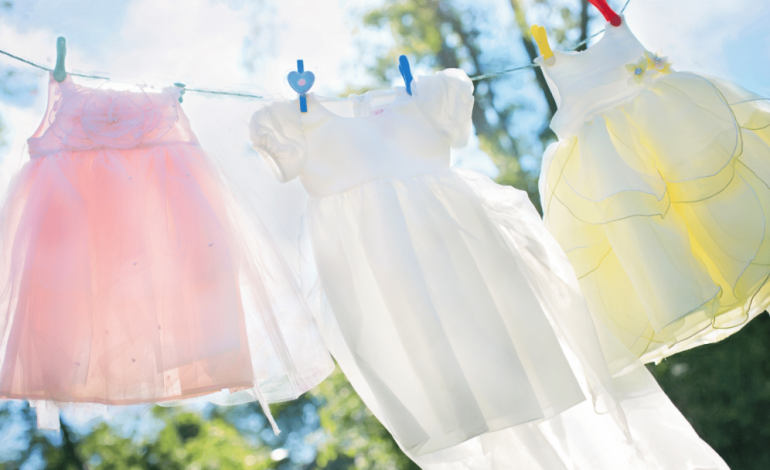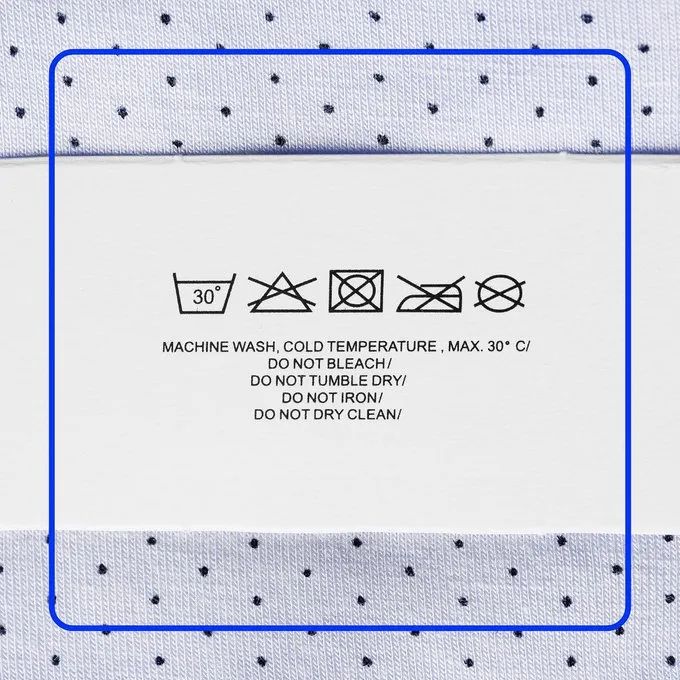What is the best temperature for laundry?

Most of us are guided to some extent by the preset wash cycles that the washing machine provides us. Different people have different rules and ways of doing things. This article is to clear up this confusion. This way you don’t have to worry about washing your items again at the wrong temperature.
There is a common misconception that washing at 60°C is the best way to clean clothes, but this often shortens the life of the garment, damages the color and integrity garment and in some cases shrinks the garment. On top of that, doing this washing at high temperatures consumes more energy and is, therefore, less cost-effective and bad for the environment. Washing your clothes at a lower temperature can still give you excellent cleaning results while saving money.
First priority: check the fabric labels! The temperature on the label is the maximum temperature.

The advantage of cold water washing
Many people tend to avoid choosing the cold wash cycle on their washing machine because they are worried that their clothes will not come clean. However, washing machines are designed to successfully perform cold washes, especially when paired with high-quality detergents.
If you didn’t wash bright colors and dark clothes in the cold wash setting, you can do so now. Washing clothes at temperatures as low as 20°C or 30°C protects the color from shedding while minimizing the risk of shrinkage. Usually washing at 30°C is very effective. Since most express wash cycles use the cold wash setting, this is also best for less soiled clothes.

What you need to know about high-temperature washing
Temperatures above 40-60°C are considered hot water washes. If your clothes are very dirty or no longer smell fresh, you should choose to wash them at a higher temperature. However, it is important to be aware of the following facts:
- The heat will form the stain instead of spreading it out.
- Color may start to fade.
- It can denature some fabrics over time.
- Certain items, depending on the material, may shrink in clothing.
- Low environmental protection and high cost.
40°C-60°C-warm wash
Serious Pollution Project
If you’re going to end up washing a bunch of dirty, unremarkable underwear, set the machine temperature to 60°C for best results. Also, bacteria can spread in a washing machine, so it’s important not to share a wash cycle with someone who is unwell. Those who are unwell should wash items at 60°C to maximize the elimination of germs.
Towels and sheets
We spend a lot of time on towels and sheets, so they tend to get heavily soiled very quickly. To get rid of germs, wash towels and sheets at a minimum temperature of 40°C, but washing at 60°C will kill germs better. We recommend washing towels and sheets frequently at least ten days a week.
30°C-40°C
denim
Denim shrinks easily and fades. We recommend washing at a maximum temperature of 40°C to maintain its color and shape.

White (depending on the substance)
White items show dirt easily, and people are used to washing them at higher temperatures. The key here is to separate by material and pay close attention to care labels. Best results are obtained by washing at 30°C with a good detergent, taking into account that high temperatures may shrink cotton, fine wool.
20°C-30°C – cold wash
exquisite
Delicate clothing often includes materials such as silk, wool, cashmere, baby clothing, and certain underwear. If you’re doing laundry, or if your clothes are colorful and just need a little refurbishment, the cold wash is an option.
Baby and children’s clothing.
30°C is a good target for washing baby clothes. When the temperature rises, you may shrink your otherwise delicate clothes.
Copyright 2020, Hebei Guansheng Technology Co.Ltd All Rights Reserved
 Hebei Guangsheng Technology Co.Ltd
Hebei Guangsheng Technology Co.Ltd
 Hebei Guangsheng Technology Co.Ltd
Hebei Guangsheng Technology Co.Ltd






